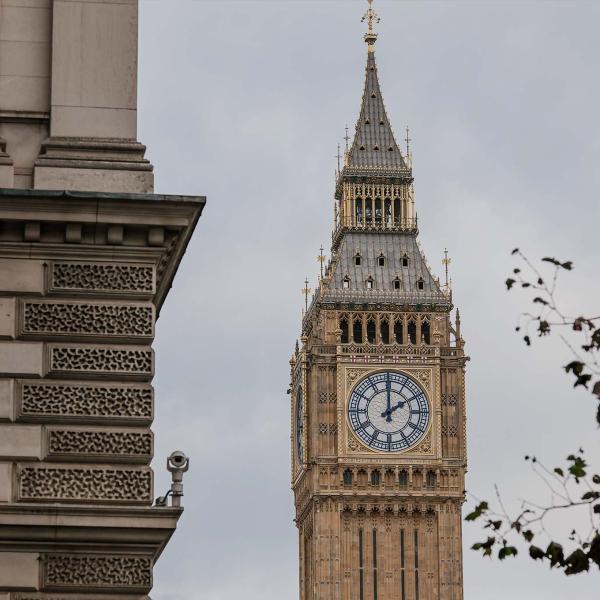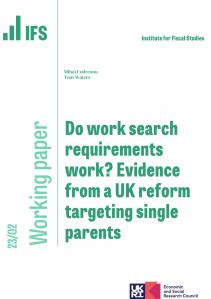Philip Hammond is yet to confirm how much money will be made available to be allocated among departments at his forthcoming Spending Review. This decision, which may well be announced in the Spring Statement on 13 March, could be one of the most important non-Brexit policy decisions to be made in the current Parliament.
New analysis by IFS researchers, funded by the Economic and Social Research Council and launched today at a joint briefing with the Institute for Government, finds that:
The provisional plans set out in the Autumn 2018 Budget imply continued real terms cuts in day-to-day spending on public servicesoutside of health, defence and overseas aid. This would come on top of more than £40 billion of cuts to those budgets since 2010. The scale of the cuts to come would be much smaller than those already implemented (with cuts for unprotected departments averaging 0.4% per year going forwards compared to 3% a year over the period since 2010).
Even modest further savings may be difficult to find in some departments that have experienced especially big cuts since 2010. For example, between 2010−11 and 2019−20 (the final year of the last Spending Review), the Ministry of Justice and Department for Environment, Food and Rural Affairs have each seen a reduction in their day-to-day budgets of around 40% in real terms.
To avoid any cut to real-terms per capita spending on unprotected services would require an additional £5 billion by 2023–24. Maintaining spending on unprotected services as a share of national income would require £11 billion on top of the plans set out in the last Budget. The Figure below shows the path of day-to-day spending on unprotected services as implied by the Autumn Budget plans.
Public borrowing is now down below pre-crisis levels. Last year, the current budget was in surplus (meaning that total receipts exceeded day-to-day spending) for the first time since 2001–02. But the Chancellor remains some way off achieving his stated overarching fiscal objective of eliminating the deficit entirely by the mid-2020s.
At 85% of national income public debt is far higher than pre-crisis levels. It is also set to fall only very slowly. That said, interest rates are very low and if the government continues to be able to borrow cheaply, managing a higher level of debt would be less costly than it once was.
Leaving the EU without any deal on 29 March 2019 would make for lower growth and an economy smaller than otherwise. This would mean lower spending and/or higher taxes in the medium term. In the short run though government might well raise spending to support the economy, mitigate the impacts for the worst hit sectors or areas and provide funding to departments now required to perform additional functions, notably at the border. But any boost to spending would be temporary, and further austerity would eventually be required.
Ben Zaranko, a research economist at the Institute for Fiscal Studies and an author of the report said:
“The Chancellor needs to decide what period the next Spending Review should cover and what funding to make available to it. This could be the most important announcement in next month’s Spring Statement. The Government has already committed to increase day-to-day NHS spending by £20 billion over the next five years. Even though the latest plans have overall day-to-day spending increasing over that time, these increases wouldn’t be enough even to cover the NHS commitment in full. This suggests yet more years of austerity for many public services – albeit at a much slower pace than the last nine years. And while an economically bad Brexit would likely mean lower spending in the longer-term, if anything it might require additional spending over the next few years.”










